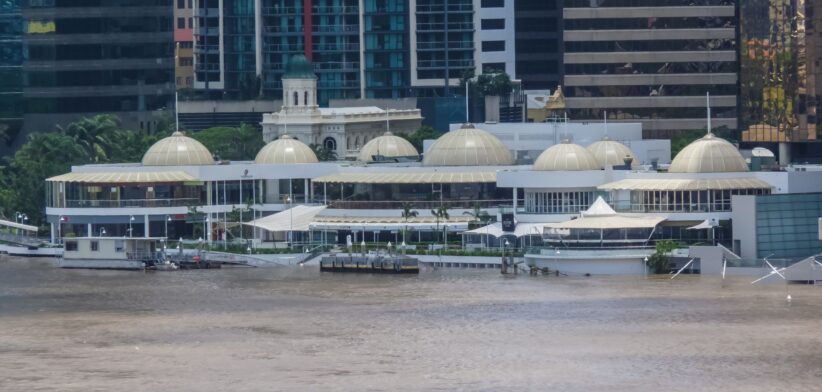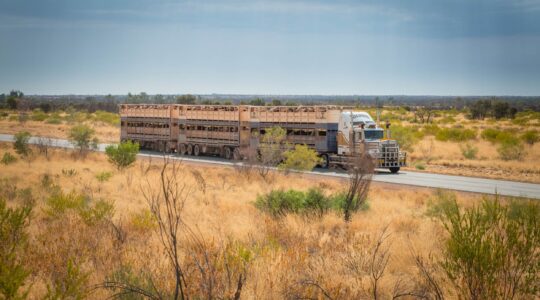Brisbane’s inner-city area is Australia’s fifth most vulnerable to the impacts of climate change, according to new data from the Climate Council.
Climate Councillor and economist Nicki Hutley said the group’s Climate Risk Map had been updated with fresh information from risk-analysis company Climate Valuation, allowing every Australian to see the climate risks in their local area.
Ms Hutley said, across the country, one in 23 Australian homes and businesses, or 652,424 properties were already at high risk from one or more hazards “that have been made more dangerous by climate pollution”.
She said another 1.55 million properties, or 10.4 percent, nationally were at moderate risk, which meant insurance costs would be abnormally high.
“At high levels of climate pollution, our exposure to climate risk is set to get much worse, with twice as many properties, more than 1.3 million, at high risk by 2100.
“Further, the analysis finds that more than 72,000 homes and businesses are located in 86 suburbs categorised as “critical climate risk zones”, where 80-100 percent of properties are classified as high risk and insurance may soon become unaffordable or withdrawn entirely.”
The interactive map shows the Federal electorate of Brisbane, which includes suburbs like Brisbane CBD, Fortitude Valley, New Farm and Newstead, ranking as the fifth most “at-risk” electorate in Australia, behind Hunter and Richmond in New South Wales, Nicholls in Victoria and the South Australian seat of Mayo.
Brisbane’s ranking is due to the area’s risk of flooding, with the 2025 data showing more than 18,000 properties at high risk of riverine/surface water flooding or coastal inundation, and another 53,000 at moderate risk.
Climate Valuation founder Karl Mallon said the data drew on 15 million commercial and residential properties in over 15,000 Australian suburbs and 150 electorates.
“The numbers show us that climate change is not a far-off future event. It threatens entire communities today,” Mr Mallon said.
“Most alarmingly, our analysis has identified 86 critical climate risk zones requiring urgent and major government interventions, such as flood levies, buy backs or other measures.”
The data is analysed in a new report: At Our Front Door.








